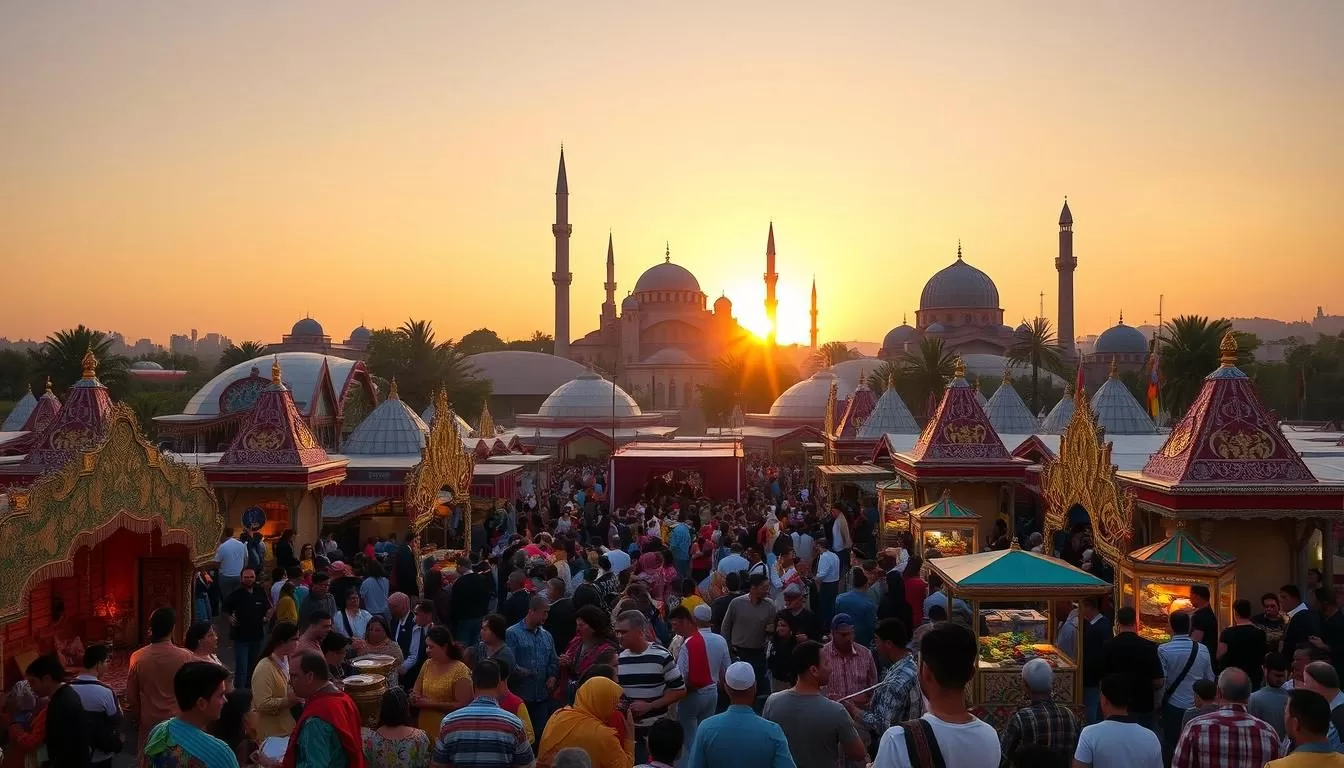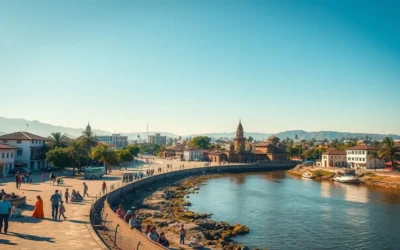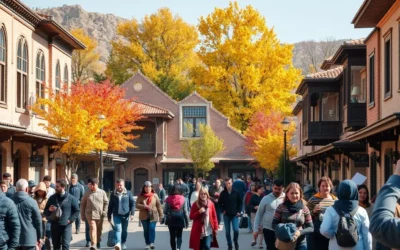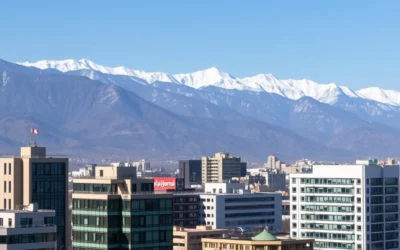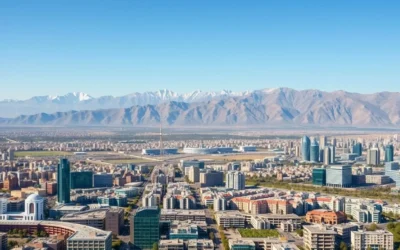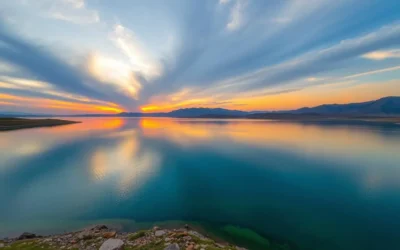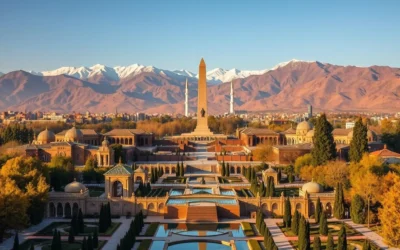✓ Accommodations✓ Flights✓ Rental Cars
Welcome to a land where tradition and culture come alive in vibrant celebrations. Iran’s festivals are a window into its rich history and timeless customs, offering experiences you won’t find anywhere else.
One of the most iconic events is the Iranian New Year, known as Nowruz. Celebrated for over 3,000 years, it marks the arrival of spring and is one of the world’s oldest festivities. Families gather around the Haft Seen table, symbolizing renewal and hope.
These celebrations are more than just events—they’re a journey into the heart of a culture that values hospitality and connection. Whether you’re exploring with a friend or on your own, you’ll feel the warmth and joy that define these gatherings.
Discover the Rich Cultural Heritage of Iranian Festivals
Step into a world where ancient traditions meet modern celebrations. From the Persian New Year to seasonal gatherings, these events offer a unique glimpse into a culture that has thrived for millennia. Each day of these festivals is filled with meaning, connecting you to a living heritage.
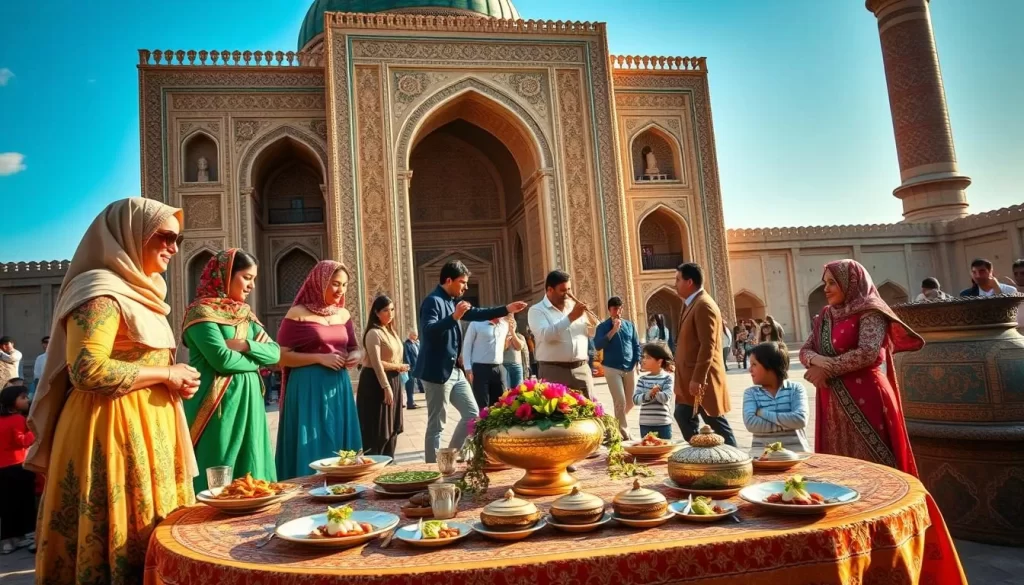
Ancient Traditions and Modern Celebrations
Nowruz, the Persian New Year, is a perfect example of this blend. Rooted in over 3,000 years of history, it marks the arrival of spring and renewal. Families gather around the Haft Seen table, which includes seven symbolic items, each beginning with the Persian letter “S”. This ritual, celebrated on March 20, reflects the deep connection between nature and culture.
These traditions have evolved over time, yet they remain deeply meaningful. For every visitor, it’s a chance to witness history come alive. Whether it’s the sunrise on the first day of Nowruz or the communal feasts, you’ll feel the warmth of a culture that values togetherness.
Unmatched Cultural Experiences for Every Visitor
As a visitor, you’ll find yourself immersed in celebrations that are both educational and joyful. The Haft Seen table, for instance, is more than a tradition—it’s a lesson in symbolism and hope. Each item, from sprouts to coins, represents renewal, prosperity, and health.
These festivals are not just about rituals; they’re about connection. You’ll experience the joy of shared meals, the beauty of traditional music, and the spirit of community. It’s a cultural journey that leaves a lasting impression.
Experience Iran: Top Festivals to Check Out When Visiting
Discover the heart of a culture through its most iconic and lively events. From ancient traditions to modern festivities, these celebrations offer a unique blend of history, joy, and community spirit. Each festival is a window into a world where customs come alive, creating unforgettable moments for every visitor.
Highlights of Iconic Festivals
Nowruz, the Persian New Year, is a cornerstone of cultural heritage. Celebrated for thousands of years, it marks the arrival of spring and renewal. Families gather around the Haft Seen table, featuring seven symbolic items, each beginning with the Persian letter “S”. This ritual reflects the deep connection between nature and culture.
Chaharshanbe Soori, held on the eve of the last Wednesday of the year, is another standout. Fire-jumping rituals and street celebrations fill the night with energy. The phrase shouted during the ritual translates to “My yellow pale figure be yours, your lively red be mine,” symbolizing the exchange of misfortunes for vitality.
What Makes These Festivals Unique
These events are more than just celebrations; they’re a testament to a culture’s resilience and creativity. The Haft Seen table, for instance, is a lesson in symbolism and hope. Each item represents renewal, prosperity, and health.
Community is at the core of every festival. Whether it’s the colorful parades of Nowruz or the fire-lit streets of Chaharshanbe Soori, these gatherings bring people together. They create a sense of belonging and shared joy that’s hard to find elsewhere.
From the night year rituals to the vibrant music and food, these events offer a rich experience. They’re a chance to witness history come alive and create memories that last a lifetime.
Uncover the Rituals of Persian New Year Celebrations
Immerse yourself in the timeless rituals of the Persian New Year. Known as Nowruz, this festival marks the arrival of spring and renewal, celebrated by over 300 million people worldwide. It’s a blend of ancient symbolism and modern joy, offering a unique cultural experience.
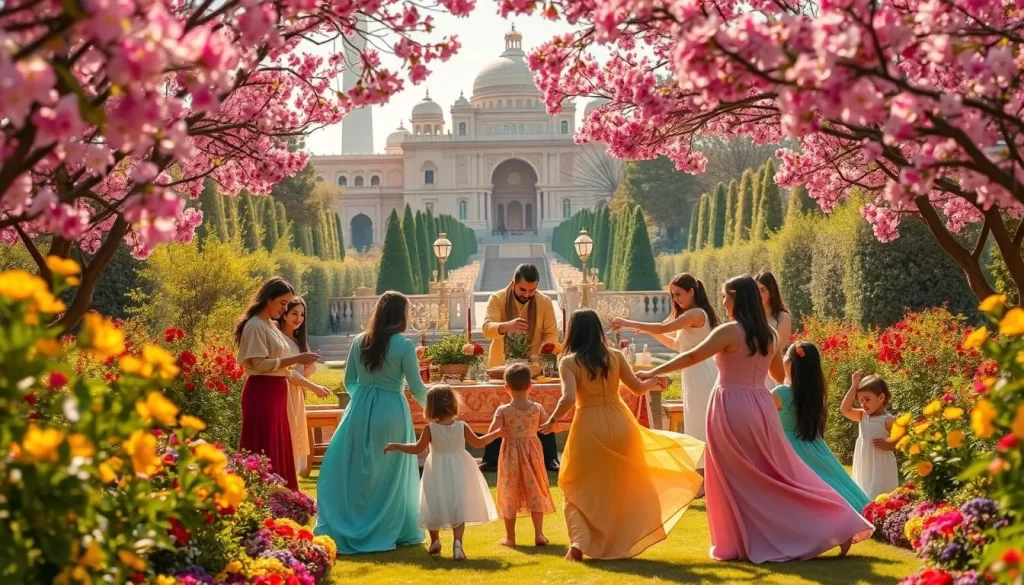
The Nowruz Festival and Haft Sin Traditions
At the heart of Nowruz is the Haft Sin table, a centerpiece of seven symbolic items. Each item, starting with the Persian letter “S,” represents renewal, prosperity, and health. Sprouts symbolize rebirth, while coins stand for wealth. Families gather around this table, sharing meals and stories.
Fire and water play a significant role in the celebrations. Fire symbolizes cleansing, while water represents purity. These elements are woven into rituals like jumping over fire during Chaharshanbe Suri, a tradition that takes place on the last Tuesday before Nowruz.
“Nowruz is not just a festival; it’s a celebration of life, hope, and the eternal bond between nature and humanity.”
Meet Haji Firuz and the Renewal Spirit
Haji Firuz, a beloved figure, heralds the new year with his vibrant presence. Dressed in red and black, he dances through the streets, spreading joy and announcing the arrival of spring. His role is to remind everyone of the renewal spirit that Nowruz embodies.
This festival is celebrated across 12 countries, from Afghanistan to Uzbekistan, each adding its unique touch. Whether it’s the cooking of Samanu or the exchange of gifts, these traditions create a sense of unity and belonging.
| Haft Sin Item | Symbolism |
|---|---|
| Sabzeh (Sprouts) | Rebirth and growth |
| Samanu (Sweet Pudding) | Wealth and fertility |
| Senjed (Dried Fruit) | Love and affection |
| Seer (Garlic) | Health and medicine |
| Sib (Apple) | Beauty and vitality |
| Somāq (Sumac) | Sunrise and new beginnings |
| Serkeh (Vinegar) | Patience and wisdom |
Nowruz is more than a festival; it’s a journey into a world where ancient traditions meet everyday life. From the Haft Sin table to the joyous dances of Haji Firuz, every ritual tells a story of hope and renewal.
Explore Nature and Community Through Sizdah Bedar
Step into the vibrant outdoors and embrace the joy of Sizdah Bedar, a celebration of nature and togetherness. This festival, held on the thirteenth day of Farvardin, marks the end of the Nowruz festivities and invites everyone to enjoy the beauty of spring.
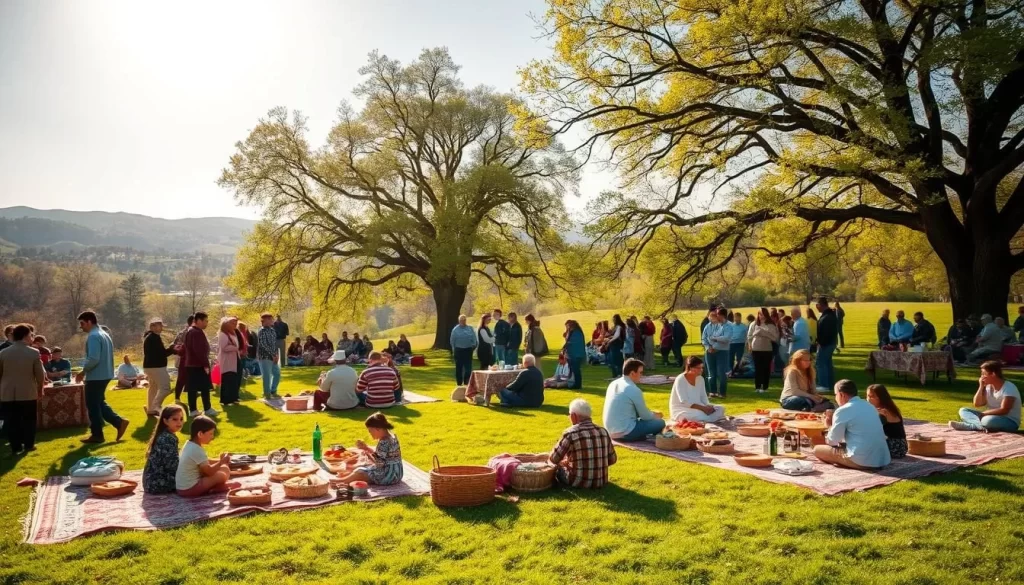
Outdoor Revelry and Family Gatherings
On this special day, families and friends gather in parks, gardens, and countryside locations to celebrate. The city parks come alive with laughter, games, and the aroma of traditional dishes like kebabs and rice.
One of the highlights is the act of throwing Sabzeh (sprouts) into flowing water. This ritual symbolizes the release of misfortune and the welcoming of new beginnings. It’s a moment of reflection and hope, shared with loved ones.
Outdoor games like football, volleyball, and kite flying add to the festive atmosphere. The sky fills with colorful kites, creating a lively and joyful scene. It’s a time to connect, play, and enjoy the simple pleasures of life.
“Sizdah Bedar is more than a picnic; it’s a celebration of life, nature, and the bonds that bring us together.”
For many, this day is also about romantic connections. Unmarried individuals often participate in tie-tying ceremonies, hoping to find love in the coming year. It’s a tradition that adds a touch of magic to the festivities.
| Activity | Significance |
|---|---|
| Throwing Sabzeh | Release of misfortune |
| Kite Flying | Joy and celebration |
| Tie-Tying Ceremony | Romantic connections |
| Outdoor Games | Community bonding |
| Picnic Meals | Sharing and togetherness |
As the sun sets, the city parks and countryside areas remain filled with warmth and laughter. Sizdah Bedar is a reminder of the importance of nature, family, and community. It’s a day to cherish and celebrate the simple joys of life.
Delve into the Mystique of Yalda Night and More
Experience the magic of Yalda Night, a celebration of light conquering darkness. This ancient holiday, also known as Shab-e Yalda, marks the longest night of the year and the winter solstice. Families gather to honor the triumph of light over darkness, creating a warm and mystical atmosphere.
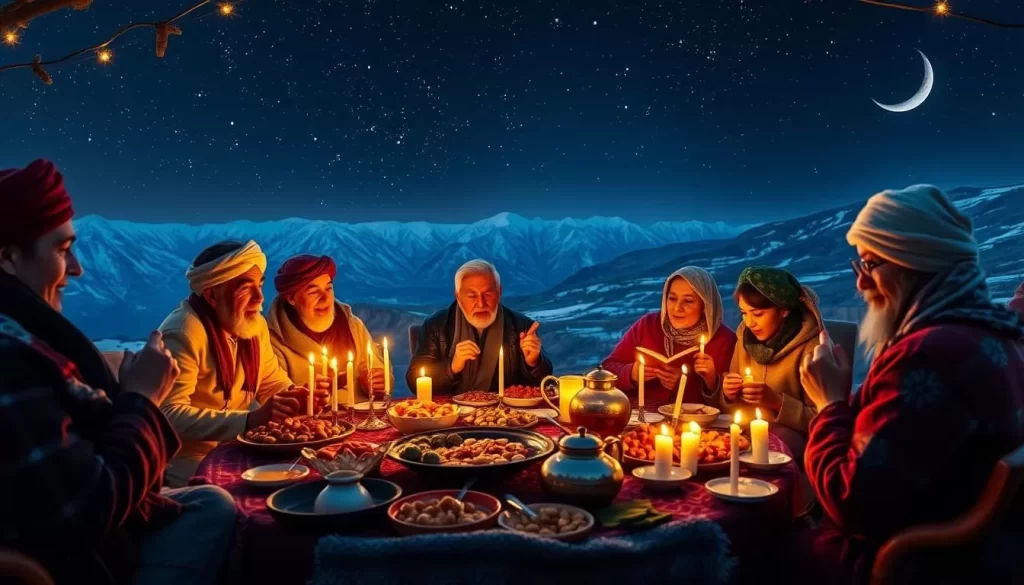
Ancient Legends and Bonfire Rituals
Yalda Night is steeped in ancient legends, with rituals that have been passed down for generations. Bonfires are lit to symbolize the power of light and warmth during the coldest night of the year. These flames represent hope and renewal, reminding everyone of the brighter days ahead.
Storytelling is a key part of the evening, with tales of ancient heroes and mythical creatures shared around the fire. These stories connect the present to the past, keeping cultural traditions alive.
Celebrating the Longest Night with Poetry and Fruit
Poetry plays a central role in Yalda Night celebrations. Families recite verses from Hafez, a revered 14th-century poet, seeking guidance and inspiration. The Divan-e Hafez, a collection of his works, is opened randomly, with the chosen poem believed to offer insights into the future.
Traditional foods like pomegranates and watermelons are enjoyed, symbolizing abundance and fertility. These fruits add a vibrant touch to the table, making the holiday even more special.
“Yalda Night is a time to reflect, connect, and celebrate the beauty of life and light.”
This night is also a time for love and affection. Couples often exchange heartfelt words, while families strengthen their bonds through shared meals and laughter. It’s a reminder of the importance of togetherness in our life.
For a deeper connection to spiritual practices, explore the spiritual practice rooted in Sufism, which complements the reflective nature of Yalda Night.
Festivals of Love, Harvest, and Heritage in Iran
Celebrate the warmth of love and the bounty of nature through vibrant cultural events. These celebrations honor ancient customs and seasonal harvests, offering a unique glimpse into a rich heritage. From fragrant rose water distillation to lively harvest parades, these festivals transform ordinary homes and public spaces into centers of joy and connection.
Sepandarmazgan: A Celebration of Love and Friendship
Sepandarmazgan, celebrated on Bahman 28th, is a day dedicated to love and friendship. This festival pays homage to ancient traditions, where people exchange gifts and express gratitude for their loved ones. It’s a time to strengthen bonds and celebrate the beauty of relationships.
In many homes, families gather to share meals and stories, creating a warm and welcoming atmosphere. The festival’s roots in Zoroastrian culture add a layer of historical significance, making it a deeply meaningful cultural event.
Mehregan: Honoring the Harvest Season
Mehregan, celebrated in the first week of October, marks the harvest season. This festival is a tribute to the bounty of nature, with rituals that include feasting, music, and dance. Communities come together to celebrate the fruits of their labor, creating a sense of unity and gratitude.
One of the highlights is the distillation of fragrant rose water, a tradition that fills the air with a sweet aroma. This process, often done in homes and local workshops, symbolizes the connection between nature and daily life.
“These festivals are not just celebrations; they are a journey into the heart of a culture that values love, gratitude, and community.”
For tourists, these events offer a chance to experience the warmth and hospitality of local communities. Whether you’re exploring the bustling streets or visiting a family’s house, you’ll feel the spirit of togetherness that defines these celebrations.
To learn more about the diverse cultural events that reflect this rich heritage, explore the list of festivals in Iran.
Experience Islamic Cultural Events in Iran
Dive into the spiritual heart of Islamic cultural events. These celebrations are deeply rooted in tradition, offering a blend of solemnity and community spirit. From Tasua and Ashura to the Nights of Qadr, each event tells a story of faith, resilience, and togetherness.
Tasua, Ashura, and the Spirit of Ramadan
Tasua and Ashura, also known as the Days of Mourning, commemorate the martyrdom of Imam Hussein. These events are marked by processions, recitations, and acts of charity. The garden of faith blooms as communities gather to honor this sacred story.
Ramadan, the holy month of fasting, is a time for reflection and renewal. Families break their fast together, sharing meals and prayers. The Nights of Qadr, also known as the Night of Power, are particularly significant. These nights are spent in prayer and contemplation, seeking blessings and forgiveness.
Nights of Qadr and Other Sacred Observances
The Nights of Qadr are a highlight of Ramadan. Believed to be the night when the Quran was revealed, it’s a time for deep spiritual connection. Many spend these nights in mosques or at home, engaging in prayer and reflection.
Other observances include the Persian New Year, which aligns with the spring equinox. This celebration, also known as Nowruz, brings families together to welcome renewal and hope. The garden of life flourishes as people share meals and gifts.
“These events are not just rituals; they are a journey into the heart of faith and community.”
| Event | Significance |
|---|---|
| Tasua and Ashura | Commemoration of Imam Hussein’s martyrdom |
| Ramadan | Month of fasting, prayer, and reflection |
| Nights of Qadr | Night of Quranic revelation and spiritual renewal |
| Nowruz | Celebration of the Persian New Year and spring equinox |
These events are a testament to the enduring spirit of faith and community. Whether you’re in a mosque, a garden, or a family home, you’ll feel the warmth and reverence that define these celebrations. For more insights, explore the vibrant array of festivals that reflect this rich heritage.
Conclusion
Explore the heart of a culture through its vibrant celebrations and timeless traditions. Each event offers a unique window into the rich heritage of this country, blending ancient rituals with modern joy. From the symbolic Haft Sin table to the lively streets of Chaharshanbe Suri, these gatherings are cultural treasures that unite communities.
Reflect on how these time-honored traditions continue to thrive in today’s world. Whether you’re planning your next trip or simply curious, check your calendar for upcoming celebrations. Visiting key sites during these events will deepen your connection to this vibrant culture.
Share your story and inspire others with your experiences. These festivals are more than just events—they’re a journey into the soul of a person and their heritage. For more insights, explore Iranian festivals and ceremonies or plan your visit with travel tips for Nowruz.
The above is subject to change.
Check back often to TRAVEL.COM for the latest travel tips and deals.
